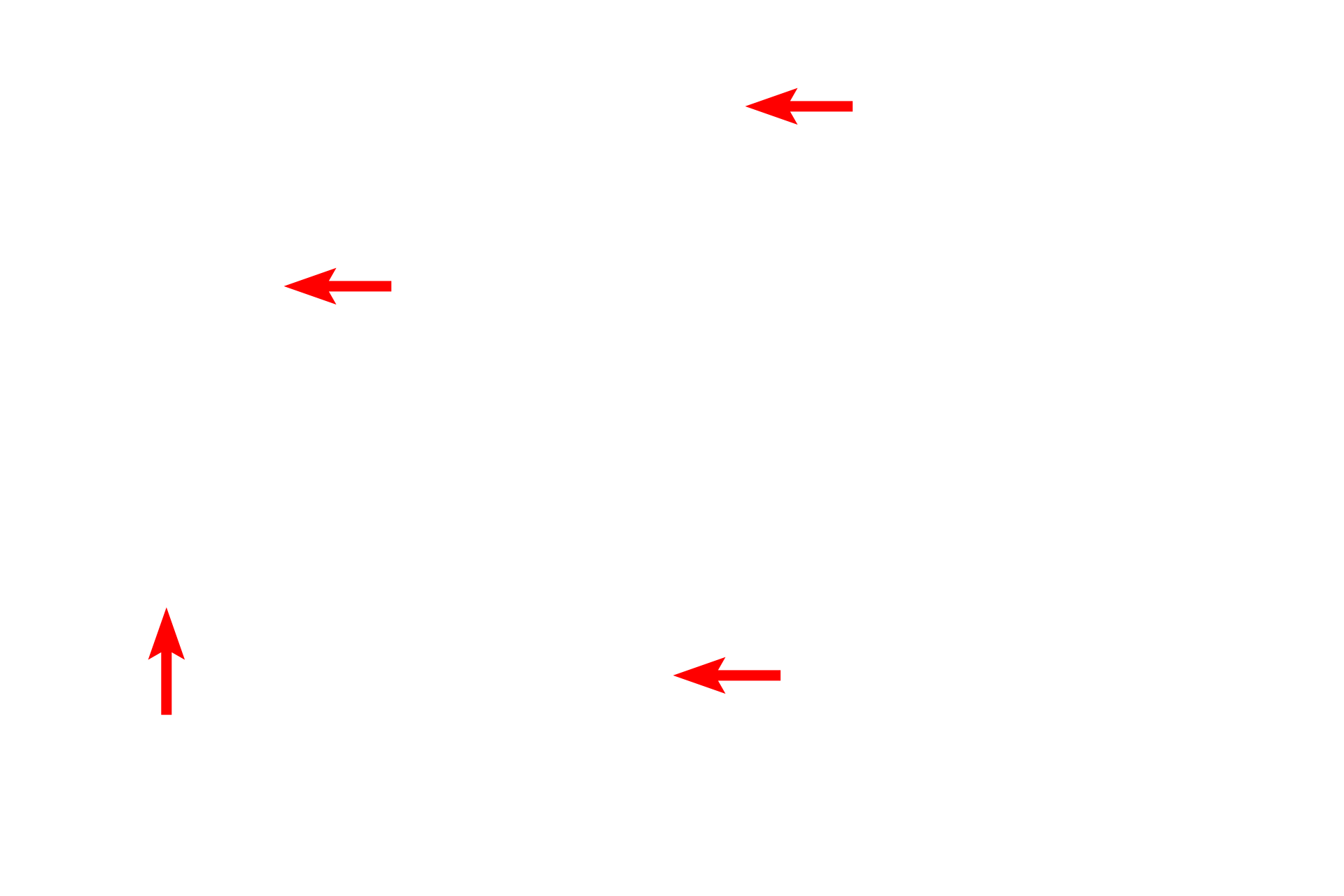
Parotid gland
Intercalated ducts anastomose to form the second intralobular duct, the striated duct. A striated duct has a diameter equal to, or larger than that of an acinus, and is lined by simple columnar epithelium. Numerous mitochondria and membrane infoldings at the bases of the epithelial cells produce peripheral striations, hence its name. 1000x

Striated duct
Intercalated ducts anastomose to form the second intralobular duct, the striated duct. A striated duct has a diameter equal to, or larger than that of an acinus, and is lined by simple columnar epithelium. Numerous mitochondria and membrane infoldings at the bases of the epithelial cells produce peripheral striations, hence its name. 1000x

- Basal striations
Intercalated ducts anastomose to form the second intralobular duct, the striated duct. A striated duct has a diameter equal to, or larger than that of an acinus, and is lined by simple columnar epithelium. Numerous mitochondria and membrane infoldings at the bases of the epithelial cells produce peripheral striations, hence its name. 1000x

- Central nuclei
Intercalated ducts anastomose to form the second intralobular duct, the striated duct. A striated duct has a diameter equal to, or larger than that of an acinus, and is lined by simple columnar epithelium. Numerous mitochondria and membrane infoldings at the bases of the epithelial cells produce peripheral striations, hence its name. 1000x

- Secretory product
Intercalated ducts anastomose to form the second intralobular duct, the striated duct. A striated duct has a diameter equal to, or larger than that of an acinus, and is lined by simple columnar epithelium. Numerous mitochondria and membrane infoldings at the bases of the epithelial cells produce peripheral striations, hence its name. 1000x